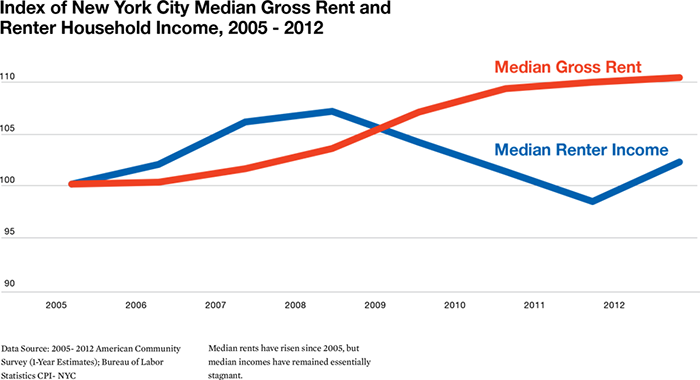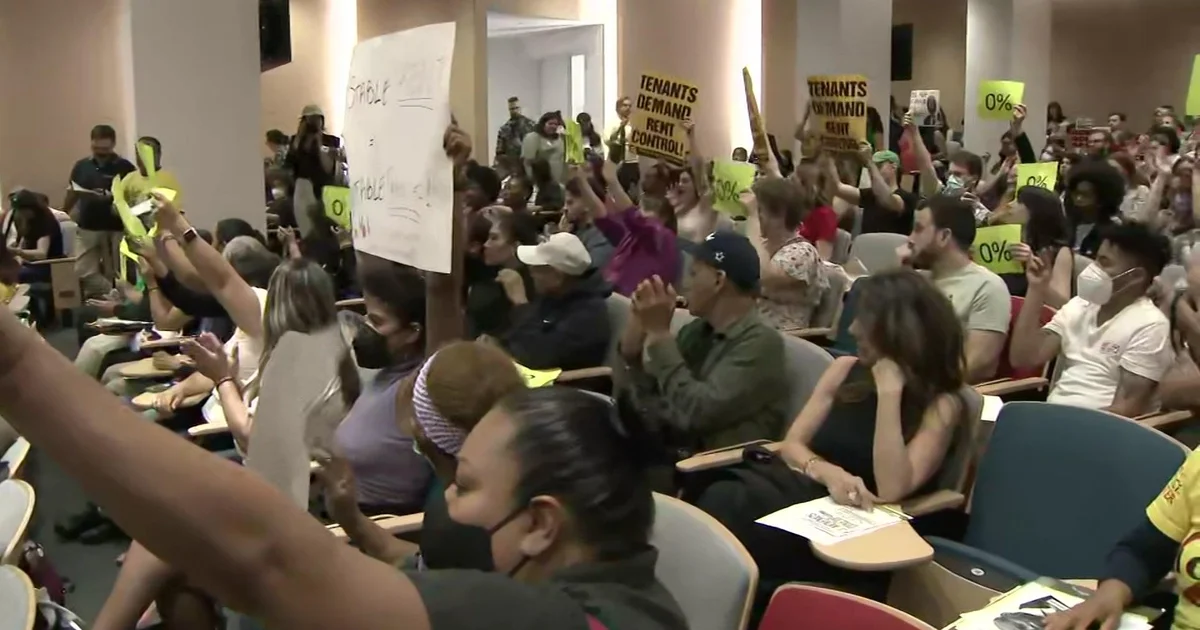As New York City grapples with a housing crisis that has left millions of its residents vulnerable, a bold proposal is stirring the pot: a cap and trade system for rent control. This innovative approach, reminiscent of carbon credit systems, aims to reshape the way rent increases are managed in a city where economic inequality and housing instability are rampant.
Rent Increases Burden Tenants
According to the latest reports, the recent decision by the Rent Guidelines Board to allow a 3% rent increase for stabilized units will cost tenants a staggering $587 million annually. This disproportionately affects low- and middle-income families, who are already struggling to make ends meet. The current system of rent stabilization, while helpful for some, fails to account for the diverse economic realities of tenants. For instance, 30% of those living in rent-stabilized apartments earn over $100,000, while many others fall below the poverty line. This systemic imbalance leads to an inequitable distribution of rent increases, leaving the most vulnerable populations at the mercy of market forces.
Cap and Trade as a Game Changer
The proposal for a rent control cap and trade system introduces the concept of Rental Increase Credits (RICs), which would allow landlords to trade their rights to raise rents. If implemented, landlords would receive a bundle of RICs based on the total allowable rent increase set by the city. For example, if a landlord owns a unit with a rent of $2,000 and the RGB sets a 3% increase, they would receive 720 RICs, allowing them to raise rents by $60. However, if they choose not to raise rents, they could sell these credits to other landlords who may need to increase rents for their own properties. This market-driven approach aims to align landlord incentives with tenant needs, creating a more equitable balance between rental income and tenant stability.

Problem - NYC Housing Plan
Potential Consequences of RIC Implementation
While the cap and trade model presents an innovative solution, it raises several concerns. Critics argue that it could lead to speculative behavior in the housing market, where RICs are traded like stocks. This could create a scenario where landlords prioritize profit over tenant welfare, exacerbating the very inequalities this system seeks to address. Moreover, the proposal could inadvertently penalize tenants in need of stability, as landlords may use RICs to justify significant rent hikes. The potential for abuse exists, as landlords seeking to maximize profit could exploit the system by evicting tenants to increase rents further.
Empowering Tenants Through RICs
One of the most compelling aspects of the proposed RIC system is the opportunity it presents for tenant empowerment. Imagine a scenario where tenants could purchase RICs to counteract proposed rent increases. This ability to negotiate from a position of strength could transform landlord-tenant dynamics, giving tenants a voice in their housing situation. Additionally, tenants unions could emerge as powerful advocates for collective bargaining, pooling resources to acquire RICs and mitigate rent hikes collectively.

Emotions run high at New York City Rent Guidelines Board meeting
The Political Landscape Shifts
The introduction of such a radical proposal will undoubtedly reshape the political landscape in New York City. With Zohran Mamdani, a state assemblyman running for mayor on a progressive platform, the conversation around rent control is likely to gain traction. Mamdani"s promise to freeze rents for stabilized units reflects a growing desire for housing justice among voters. However, the complexity of implementing a cap and trade system may deter politicians from fully committing to this innovative approach, as they weigh potential backlash from landlords against the urgent needs of tenants.







![[Video] Ukrainian An-124 Cargo Plane Lands in Israel for Unspecified Load](/_next/image?url=%2Fapi%2Fimage%2Fthumbnails%2Fthumbnail-1764420658156-36b0b4-thumbnail.jpg&w=3840&q=75)
![[Video] Ukrainian Sea Baby Drones Disable Two Russian Tankers in Black Sea](/_next/image?url=%2Fapi%2Fimage%2Fthumbnails%2Fthumbnail-1764420086294-elzana-thumbnail.jpg&w=3840&q=75)